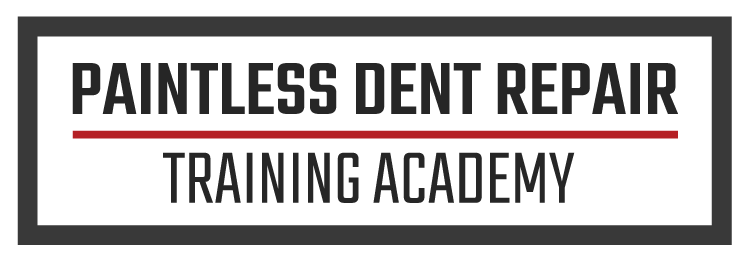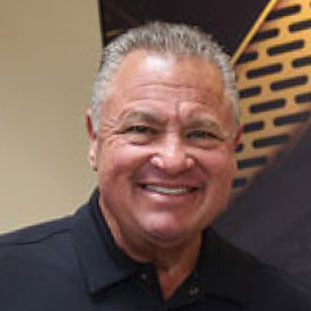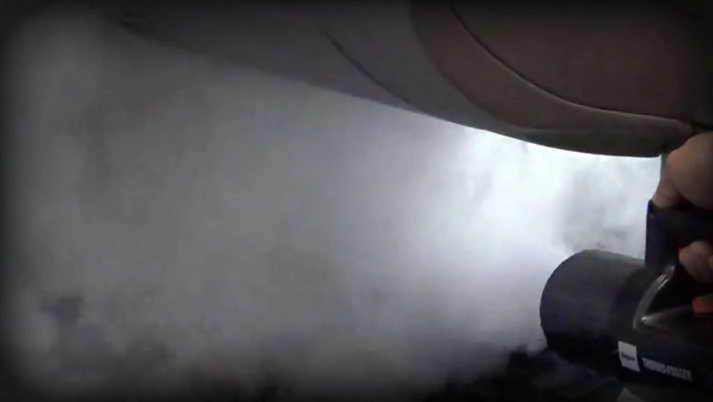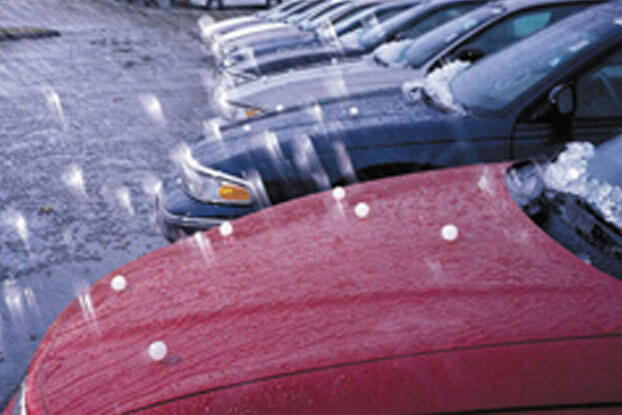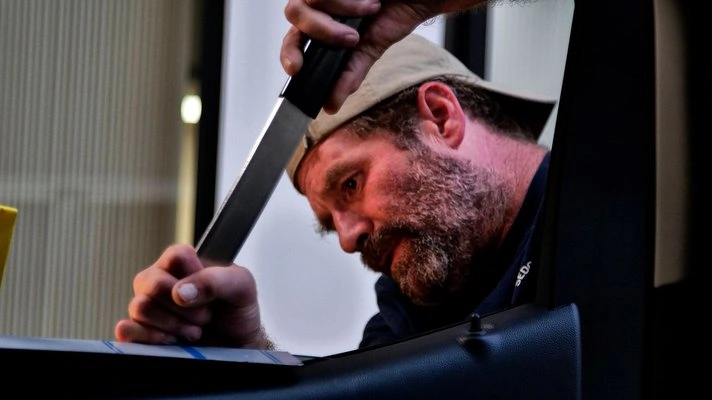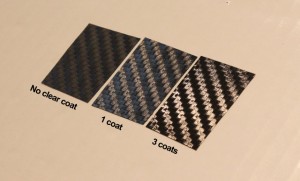First and foremost, you have to understand that when it comes to the polishes and cleaners that you use, you don’t want to use anything that is abrasive, NEVER! Now to address Industry Terms that quite often are confused and used to mean the same thing. Polishes and Glazes. These are not the same yet many detailing pros will use them as if they are the same. In one day, depending on their mood, they could quite easily use both. Maybe in the morning it’s glaze and then after lunch, for the same job, they will call it polish.
Whatever you do and which ever product you are using, you must ensure that it is not abrasive. Don’t get caught trying to use a product because it is faster. If it’s abrasive, you could cut straight through the clearcoat. The only good thing that can come out of that is that at least you finished the job in half the time. Get ready to go to court though, because it is quite likely you will have made your customer quite mad.
A polish is a minimally abrasive cleaner and luster process. A cleaner, more aggressive than a polish, contains chemical cleaning agents. The very worse in abrasives, is going to be a compound. You can use these on older vehicles that do not have clearcoat and will get the job done quite quickly. This of course if you are removing rust and need to take the pigment all the way down to the metal.
The use of compounds on a clearcoat is fatal. The minute particles of pumice, which gives the compound its cutting action, cut little holes in the clearcoat. What you will get as a result of using this are swirl marks that are difficult to remove, and sometimes impossible.
Okay, one more post to go and you will be one of the most informed Auto Detailing professional in your area.
